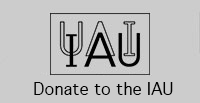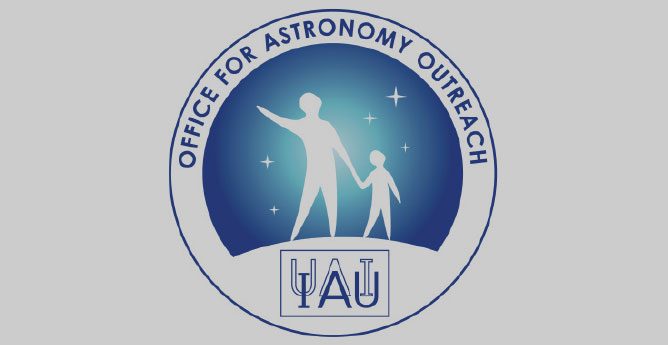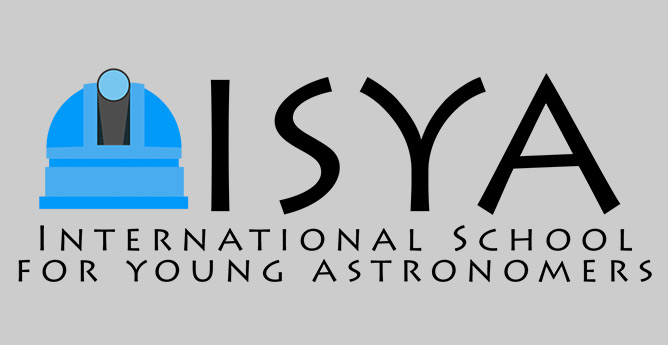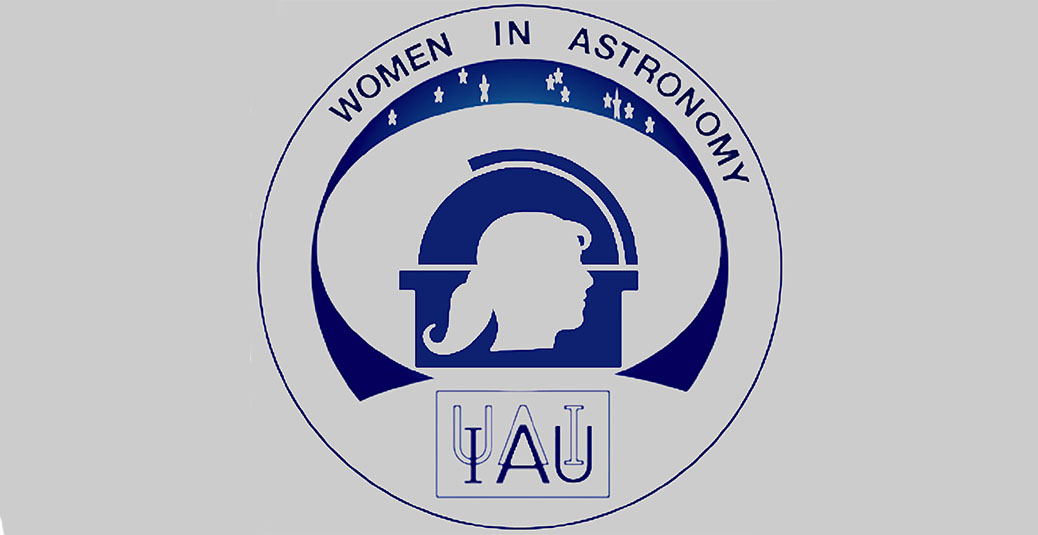- News
- Science
- Scientific Bodies
- Divisions
- Commissions
- Commission A1 Structure
- Commission A2 Structure
- Commission A3 Structure
- Commission A4 Structure
- Commission B1 Structure
- Commission B2 Structure
- Commission B3 Structure
- Commission B4 Structure
- Commission B5 Structure
- Commission B6 Structure
- Commission B7 Structure
- Commission C1 Structure
- Commission C2 Structure
- Commission C3 Structure
- Commission C4 Structure
- Commission C5 Structure
- Commission D1 Structure
- Commission E1 Structure
- Commission E2 Structure
- Commission E3 Structure
- Commission E4 Structure
- Commission F1 Structure
- Commission F2 Structure
- Commission F3 Structure
- Commission F4 Structure
- Commission G1 Structure
- Commission G2 Structure
- Commission G3 Structure
- Commission G4 Structure
- Commission G5 Structure
- Commission H1 Structure
- Commission H2 Structure
- Commission H3 Structure
- Commission H4 Structure
- Commission J1 Structure
- Commission J2 Structure
- Commission J3 Structure
- Commission X1 Structure
- Commission X2 Structure
- Past Commission Organising Committees
- Working Groups
- Centres
- Scientific Meetings
- Rules & Guidelines
- General Assemblies
- Meeting Proposals
- Future IAU Meetings
- General Assemblies
- EC Meetings
- Officers' Meetings
- Regional Meetings
- Symposia
- Focus Meetings
- Institutional Meetings
- IAU Offices Meetings
- IAU-Sponsored Meetings
- Letters of Intent submitted for 2024
- Letters of Intent submitted for 2023
- Letters of Intent submitted for 2022
- Letters of Intent submitted for 2021
- Letters of Intent submitted for 2020
- Past IAU Meetings
- Templates
- Other Meetings
- Grants & Prizes
- Scientific Bodies
- Publications
- IAU Publications
- IAU Strategic Plan
- Symposia
- WGSBN Bulletins
- Regional Meetings
- Information Bulletins/Catalyst
- E-Newsletters
- Focus Meetings
- Transactions A
- Transactions B
- Related Publications
- GA Newspapers
- CAPjournal
- IAU Books
- Brochures
- IAU Offices
- WG Reports
- Commission Reports
- Division Reports
- Past IAU Publications
- Rules, Guidelines and Instructions for Proceedings
- Publishers
- IAU Publications
- Administration
- About the IAU
- Statutes & Rules
- IAU Policies
- IAU Executive Bodies
- IAU Secretariat
- Resolutions
- Members Administration
- Administrative Dates & Deadlines
- International Organisations Relations
- Donate to the IAU
- Training in Astronomy
- Astronomy for Education
- Astronomy for Development
- Astronomy for the Public
- Office for Astronomy Outreach
- FAQ
- Themes
- Satellite Constellations
- Astronomy in Everyday Life
- How to Report a Discovery
- Careers in Astronomy
- Defining our Place in the Cosmos
- The Constellations
- Light Pollution
- Measuring the Universe
- Near Earth Objects
- How to Participate in Astronomy Research
- Naming of Astronomical Objects
- Naming of Exoplanets
- Buying Star Names
- Naming Stars
- Pluto and the Solar System
- IAU Member Statistics
- Our Moon: the Moon
- Meteors & Meteorites: The IAU Definitions of Meteor Terms
- UNESCO-IAU Portal to the Heritage of Astronomy
- Social Media
- Past Events
- Call for Online Resources
- Astronomy@Home Awards
- Contact
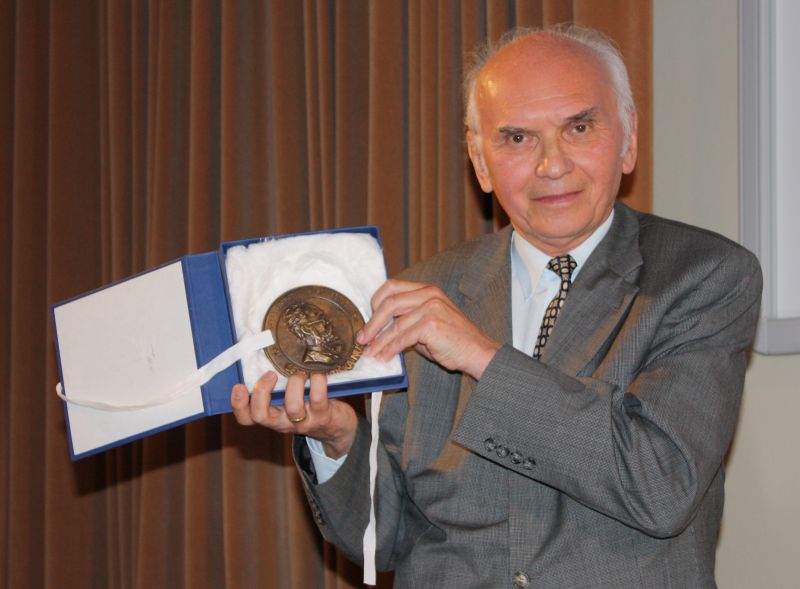
Lubos Kohoutek
Germany
1937-2023
Obituary:
Czech National Committee for Astronomy regrets to announce that on the 30th of December 2023 passed away Dr. Luboš Kohoutek, a long-term member of the IAU. The Obituary posted on the IAU memorial page is based on the text written by Jiří Grygar.
The famous Czech astronomer Luboš Kohoutek died
World-renowned Czech astronomer Luboš Kohoutek, discoverer of the famous Kohoutek's Comet, died
at the age of 88 on Saturday, December 30, 2023 in Bergedorf, Germany. This is a great loss for one of
the most hard-working and meticulous Czech astronomers of the 20th century, who spent a record 290
nights at the telescope of the European Southern Observatory at La Silla. Let us recall his life and
work.
RNDr. Luboš Kohoutek, CSc. was born on 29 January 1935 in Zábřeh na Moravě in the family of a
high school teacher. Already during his high school studies in Brno he became actively involved in
astronomy as one of the youngest members of the then Czechoslovak Astronomical Society. He
studied physics at the Faculty of Natural Sciences of Masaryk University in Brno (1953-56) and later
astronomy at the Faculty of Mathematics and Physics of Charles University in Prague (1956-58), where
he completed his studies with state examinations and the defence of his diploma thesis.
During his studies in Brno, he co-founded the tradition of Czechoslovak meteor expeditions, which he
organised through the meteor section of the Public Observatory in Brno and the same section of the
Czechoslovak Astronomical Society from 1953. He was instrumental in having the results of these
observations published in international scientific journals. His 1958 thesis on the effects affecting the
observation of telescopic meteors won the first prize in the national competition of university scientific
theses. He was also involved in observing regular meteor showers visually, photographically,
telescopically and by radar, and discovered the extraordinary meteor shower alpha-Lyrid. His original
contribution was also the discovery of all meteors that were inadvertently recorded in the extensive
Palomar Photographic Sky Survey (POSS).
As an excellent student, immediately after graduation he started an internal scientific post-graduation at
the Astronomical Institute of the Czechoslovak Academy of Sciences in Prague, where his supervisor
was the then head of the stellar department. Professor RNDr. Luboš Perek, DrSc., Dr. h.c. After
obtaining the scientific rank of CSc. in the field of mathematical and physical sciences on the basis of
research on planetary nebulae, he worked at the same institute from 1962 as a researcher. In 1967, he
and his supervisor published the first General Catalogue of Planetary Nebulae, which attracted great
attention worldwide and is still one of the most cited work of Czech astronomers.
On this basis, Dr. Kohoutek established working contacts, especially with the Hamburg Observatory,
where the largest Schmidt camera in Europe was installed at that time, necessary for taking survey
images of planetary nebulae. After the Soviet invasion in 1968, he did not return to his homeland from
a long-term internship in Hamburg and immediately obtained a permanent position as a researcher at
this prestigious German observatory.
Since 1959, he has devoted himself mainly to the study of planetary nebulae, among other things
because they are bright and therefore easily observable objects practically across our Galaxy, so they
could be milestones in determining the distances and thus the structure of the Milky Way. For this
reason, he developed the original method for determining the distances of these nebulae and also
contributed to the discovery that the cores of planetary nebulae are very often close binaries. Planetary
nebulae, in fact, are among the most photogenic objects. The photogenic planetary nebula Kohoutek 4-
55 (Cyg, distance 1.4 kpc), which Dr. Kohoutek discovered during his systematic surveys, was selected
as the last image taken by the WFPC2 camera of HST on May 4, 2009, before the end of its successful
16-year operation.
Complementary to his main activity - discovering and systematically classifying planetary nebulae,
determining their distances and physical parameters - he discovered 75 asteroids and 5 comets in wideangle
images thanks to his diligence and perseverance, of which the comet Kohoutek 1973 E1 brought
him worldwide fame. He found it a full 9 months before the perihelium passage, and astronomers were
therefore able to prepare well for this event instrumentally. It was also the first comet to be studied
from space by astronauts from the US space lab Skylab, and it was one of the brightest comets of the
20th century, marking a turning point in cometary research.
In the second half of 1973 and throughout 1974, Kohoutek became an international media star, with the
remarkable consequence that the then Czechoslovak regime allowed him to visit Czechoslovakia again
privately, although on the condition that he would not perform in public. (It is hard to refuse someone
after whom, for example, the famous music group R.E.M. named their song.)
His discovery of the five comets did not come about by chance, but precisely because of his
extraordinary care and persistence in observing and using all the data recorded in the images. Dr.
Kohoutek made excellent use of the right of the discoverer to suggest of the asteroids names. Thanks to
his international authority, the names of Czech political figures have quite exceptionally entered the
sky: Masaryk (asteroid No. 1841) and Palach (1834). Kohoutek also named, e.g., the planets Hus
(1840), Komensky (1861), Neruda (1875), Capek (1931), Smetana (2047), Dvorak (2055), Janacek
(2073), Martinu (3081) Lubos Perek (2900), Moravia (1901), etc. (see also the internet address:
planetky.astro.cz ).
In the following years, Dr. Kohoutek was mainly devoted to the observation of planetary nebulae at the
new observatories with favourable climate in Spain at Calar Alto and at the European Southern
Observatory (ESO) at La Silla in Chile. He thus became the first Czechoslovakian astronomer to work
at the ESO in the Czech Republic. astronomer who had the opportunity to consistently take advantage
of the exceptional observing conditions in the high Atacama Desert on new generation instruments.
Thanks to this, during more than 220 observing nights between 1974 and 2003, he acquired unique
observational material on planetary nebulae for the northern and southern skies, which he continuously
processed to serve as a basis for his major life's work, which became the 2nd edition of the Catalogue
of Planetary Nebulae, which contains homogeneous data on more than 1,500 objects of this type. He
published two volumes of the Catalogue under the care of the Hamburg Observatory in 2001 just after
his formal retirement.
His former supervisor doc. L. Perek summarized Kohoutek's lifelong scientific achievements in 2008
as follows:
"What not only complements but goes beyond the activities of Czech astronomers at ESO in Chile is
the final, third volume of Kohoutek's results published in the Treatises of the Hamburg Observatory in
2003-2008. The work includes the results of hundreds of observing nights with 5 telescopes at 3
observatories in Chile, Spain and in Israel. Lubos Kohoutek devoted an incredible 45 years to this
work from 1963 to 2008, discovering many new variable stars, several new planetary nebulae, making
tens of thousands of photometric measurements, viewing 8,000 images on 7,000 plates from
observatories in South Africa and New Zealand, and measuring the coordinates of 1,500 observed and
comparison stars. All this has been systematically compiled and published in more than 300 pages."
During the so-called normalization period, especially after 1973, he was a reliable mediator between
the free world and Czech astronomers at home. That is why in 1995 the Congress of the Czech
Astronomical Society elected him an honorary member. Dr. Kohoutek was also a long-standing (since
1964) member of the International Astronomical Union (IAU). He became the second Czech
astronomer in history, after whom a minor planet (1850) Kohoutek was named at the suggestion of the
International Commission for Nomenclature of Planets of the IAU.
In 2004, he became the recipient of the Patria Prize (Unipetrol, a.s.), which is awarded by the Czech
Head Foundation to a citizen of the Czech Republic or to a person who has or had Czech or
Czechoslovak nationality, whose extraordinary achievement in the field of basic or applied research or
in the field of technological innovation or whose professional or managerial qualities have been
successfully established abroad in the last few years. Dr. Kohoutek's relationship with the Czech
Astronomical Society is perhaps best evidenced by the fact that he donated half of the monetary
amount associated with this award to the Czech Astronomical Society.
In 2005, on the occasion of his seventieth birthday, he received honorary citizenship of his hometown
Zábřeh. Luboš Kohoutek was married and had three daughters. He lived with his wife Christiane in
Hamburg, where he emigrated in 1970. However, he often visited his homeland after the revolution and
worked with our young astronomers. In 2007, he published the book “Earth from the perspective of an
astronomer”, where he reflected on the critical state of our planet and the risks to humanity's future
existence from space.
In 2010, the Czech Astronomical Society awarded him its highest honour, the Nušl Prize.
Text by Text by Dr. Jiří Grygar
You can find further information about Luboš Kohoutek life and work here:
https://en.wikipedia.org/wiki/Lubo%C5%A1_Kohoutek
and here
https://www.astro.cz/clanky/osobnosti/zemrel-slavny-cesky-astronom-lubos-kohoutek.html
Past affiliation(s) within the IAU
- Past Member of Division F Planetary Systems and Astrobiology (until 2022)
- Past Member of Division H Interstellar Matter and Local Universe (until 2022)
- Past Member of Commission 15 Physical Study of Comets & Minor Planets (until 2015)
- Past Member of Commission 20 Positions & Motions of Minor Planets, Comets & Satellites (until 2015)
- Past Member of Commission 34 Interstellar Matter (until 2015)
- Past Member of Division III Planetary Systems Sciences (until 2012)
- Past Member of Division VI Interstellar Matter (until 2012)
Search individual members
